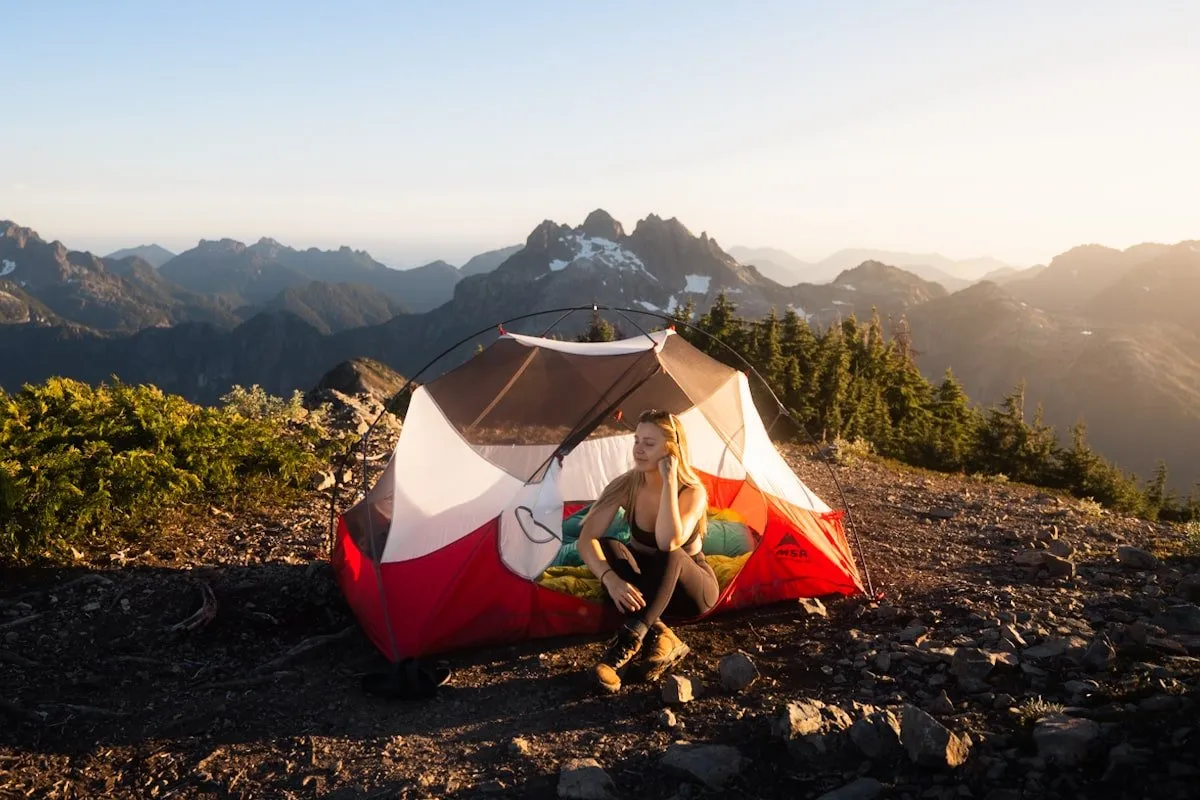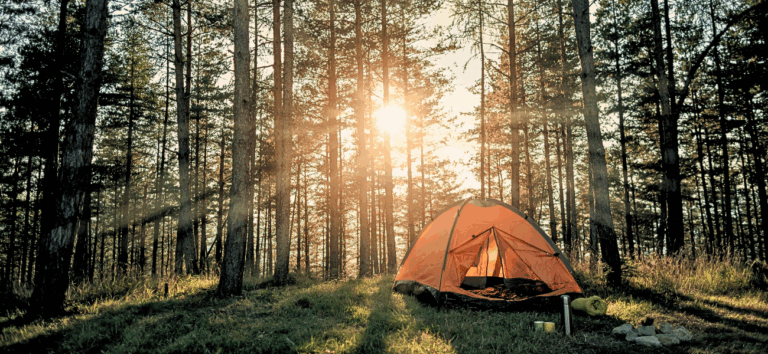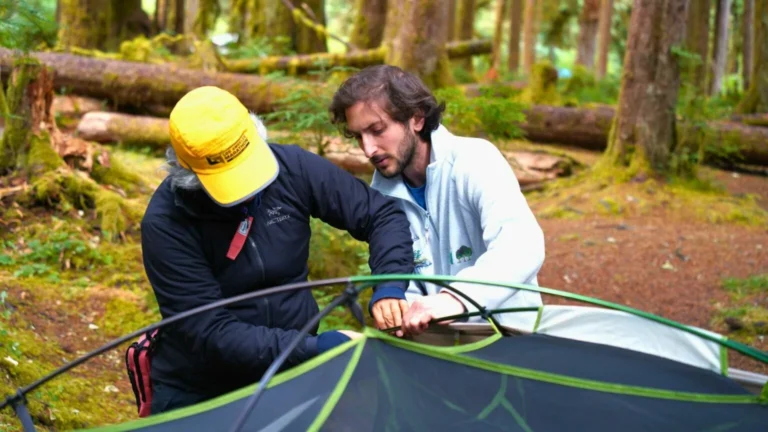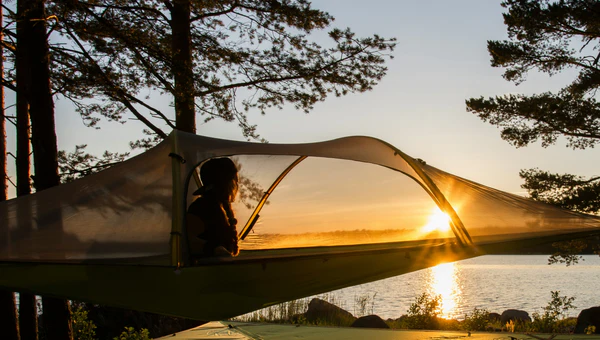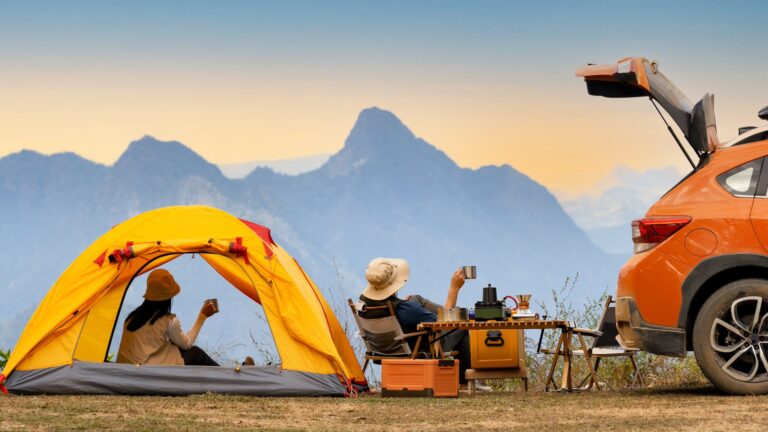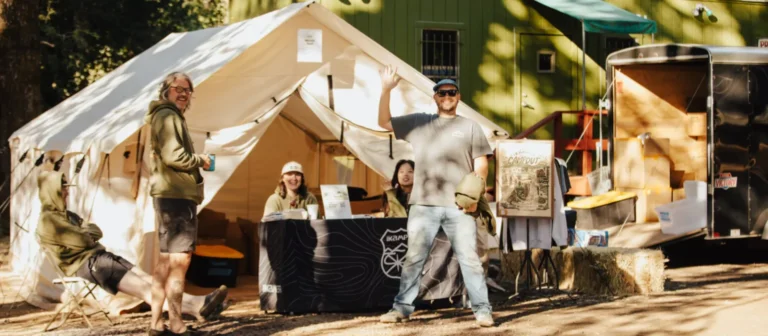A Guide to Basic Backcountry Camping Equipment
Going backcountry is a fantastic way to challenge yourself, get away from everyday life, and connect with nature. Backcountry camping necessitates being ready for self-sufficiency and carrying everything you need on your back, in contrast to front-country or vehicle camping. Comfort is only one aspect of having the proper equipment; other considerations include efficiency, safety, and creating memories that will last a lifetime.
An extensive list of the necessary gear for a fun and safe backcountry experience can be found below.
1. Backpack
Your backpack is your mobile storage unit for the trip. It must be comfortable, durable, and properly sized for the length of your adventure.
- Capacity: For overnight trips, 40–60 liters is ideal; for multi-day treks, 60–80 liters.
- Fit: Ensure the pack matches your torso length and hip size for balanced weight distribution.
- Features: Look for padded straps, ventilation, multiple compartments, and a sturdy frame.
2. Shelter
A good shelter protects you from wind, rain, and insects while providing a space to rest.
- Tent: Choose a lightweight, weatherproof tent designed for backcountry use.
- Tarp or Bivy Sack: Ultralight alternatives for minimalist trips.
- Footprint: A groundsheet extends your tent’s life and helps with waterproofing.
3. Sleeping System
A restful night’s sleep can make or break your trip.
- Sleeping Bag: Choose between down (light, compressible) or synthetic (better in damp conditions). Match the bag’s temperature rating to the season.
- Sleeping Pad: Provides insulation from the cold ground and cushioning for comfort.
- Pillow: Optional, but an inflatable or compressible pillow can greatly improve sleep quality.
4. Cooking & Food Supplies
Backcountry cooking is all about light, efficient gear.
- Backpacking Stove: Canister stoves are quick and simple; liquid fuel stoves work better in extreme cold.
- Cookware: One lightweight pot or pan is usually enough.
- Utensils: Spork, folding knife, and small cutting board (optional).
- Food: Choose lightweight, calorie-dense options like dehydrated meals, instant rice, nuts, and energy bars.
- Water Filtration: Filters, purifying tablets, or UV treatment to ensure safe drinking water.
5. Clothing
Layering is key to staying comfortable in unpredictable backcountry weather.
- Base Layer: Moisture-wicking fabric (synthetic or merino wool).
- Insulating Layer: Fleece or lightweight down jacket.
- Outer Shell: Waterproof, breathable jacket and pants.
- Accessories: Hat, gloves, and extra socks. Avoid cotton—it holds moisture and can lead to hypothermia.
6. Navigation Tools
Getting lost in the backcountry is a real risk, so always have reliable navigation methods.
- Map & Compass: Never rely solely on technology.
- GPS Device: Useful for tracking progress and emergencies.
- Guidebook or Trail Notes: Helpful for route planning and knowing what to expect.
7. Safety & Emergency Gear
Preparation can mean the difference between a minor inconvenience and a major problem.
- First Aid Kit: Include blister care, pain relievers, and personal medications.
- Fire-Starting Tools: Waterproof matches, lighter, and firestarter material.
- Emergency Shelter: Lightweight space blanket or bivy bag.
- Whistle & Signal Mirror: For attracting attention in emergencies.
- Headlamp: With extra batteries.
8. Miscellaneous Essentials
These small items make life easier on the trail.
- Trekking Poles: Reduce strain on knees and improve stability.
- Multi-Tool: Handy for repairs and food prep.
- Trash Bags: Leave no trace—pack out all waste.
- Insect Repellent & Sunscreen: Protection against bugs and UV rays.
- Personal Hygiene Items: Biodegradable soap, toothbrush, toilet paper, and trowel.
Pro Tips for Backcountry Camping Success
- Test Your Gear at Home: Practice pitching your tent, using your stove, and packing your bag before hitting the trail.
- Pack Light but Smart: Every ounce counts—bring only what you truly need.
- Stay Hydrated: Always know your next water source.
- Check Weather Forecasts: Be prepared to adjust plans if severe weather is expected.
- Follow Leave No Trace Principles: Respect wildlife, minimize campfire impacts, and pack out all waste.
Final Thoughts
Backcountry camping is as much about preparation as it is about adventure. Having the right gear ensures you can handle the challenges and fully enjoy the beauty of remote landscapes. Start with the basics, invest in quality equipment, and as your skills grow, refine your gear to match your style and needs.
With the right mindset and equipment, the backcountry can feel less like a rugged wilderness and more like a second home—just one with a much better view.

